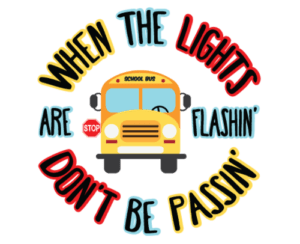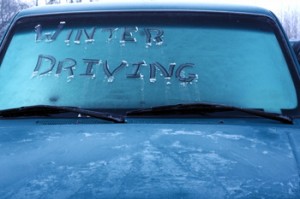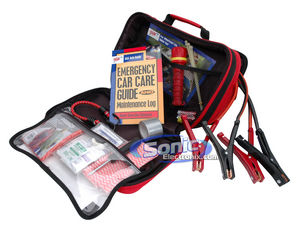 School will resume pretty soon and here are a few good reminders and tips for a safe start:
School will resume pretty soon and here are a few good reminders and tips for a safe start:
Courtesy of the Consumer reports.
Every school day 23 million children ride a big yellow bus. While school buses are one of the safest modes of transport, there are real risks in getting on and off and walking to bus stops. The National Highway Traffic Safety Administration (NHTSA) has offered some tips to help students, parents, and motorists safe around buses.
Tips for drivers:
- When backing out of a driveway or leaving a garage, watch out for children walking or bicycling to school. Better yet, walk around your car or out to the sidewalk to check for any children walking in your path before you get in.
- Drive slowly and watch for children walking in the street, especially if there are no sidewalks. Also be aware of children playing or waiting around bus stops.
- Be alert and aware on the road. While children are typically taught about looking both ways, they could dart into the street without looking if they are late or distracted.
- Learn the school bus laws in your state. Yellow flashing lights indicate that the bus is preparing to stop to pickup or drop off children. Drivers need to slow down and prepare to stop. Red flashing lights and an extended stop arm signal indicate that the bus is stopped, and that children are getting on or off. Cars must stop a safe distance away and not proceed until the red lights stop flashing, the stop sign folds back, and the bus continues on its way.
Tips for children:
- Get to the bus stop at least five minutes before the bus is scheduled to arrive.
- When the bus approaches, stand at least 6 feet away from the curb, and line up away from the street.
- Wait until the bus stops, the door opens, and the driver says that it’s okay before stepping onto the bus.
- If you have to cross the street in front of the bus, walk on the sidewalk or along the side of the road to a point at least 10 feet ahead of the bus before you cross. Be sure that the bus driver can see you, and you can see the bus driver.
- Use the handrails to avoid falls. When exiting the bus, be careful that clothing or backpacks don’t get caught in the handrails or doors.
- Never walk behind the bus.
- If you drop something near the bus, tell the bus driver. Never try to pick it up because the driver may not be able to see you.




